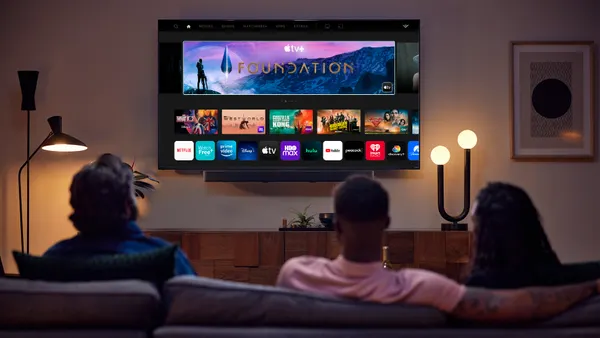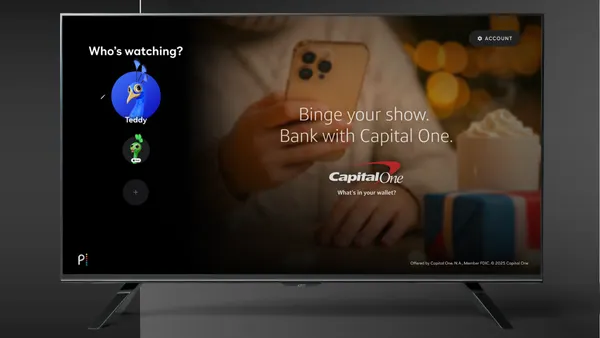Dive Brief:
- Disney's ABC television network for the first time embedded an entire episode of a show into an ad served to viewers with a connected TV. ABC aimed to boost viewership for the second season of scripted series "A Million Little Things" by pointing viewers to its pilot episode on YouTube, per an announcement shared with Marketing Dive.
- The campaign led to 80,000 video completions of the 43-minute episode and a 38% gain in organic watch time on YouTube, the streaming platform owned by Google. Searches for "A Million Little Things" on YouTube more than tripled because of the campaign. The show's second season premieres on ABC on Sept. 26.
- ABC also used YouTube's Video Ad Sequencing technology to target viewers who skipped the episode with a different spot than one served to people who watched the entire pilot. Video Ad Sequencing lets brands deliver ads in a specific order to maintain a prolonged narrative.
Dive Insight:
ABC's results from its promotion of "A Million Little Things" indicate that YouTube ads can deliver an immediate response from viewers of connected TVs and give traditional broadcast networks a way to engage with this growing audience. The scripted series saw its ratings grow over its first season and did well in delayed viewing.
Connected TV has helped to drive growth in streaming services like Netflix, resulting in many consumers canceling pay-TV from cable and satellite providers. ABC's campaign also shows that connected TVs may be able to support the direct-response efforts of a broader range of marketers. That can include direct-to-consumer (DTC) companies that fulfill orders or brands that want to capture consumer information and drive store traffic by offering coupons or other promotions.
The growth of connected-TV households supports those direct-response efforts. The percentage of U.S. households with at least one connected-TV device grew to 74% this year from 24% in 2010, a study by Leichtman Research Group found. In addition to smart TVs, connected-TV devices include connected Blu-Ray players, video game consoles and standalone streaming devices such as Roku, Google's Chromecast, Apple TV or Amazon Fire TV.
Daily viewership of connected TVs grew to 31% of U.S. adults this year from 1% in 2010, and the devices are especially popular among younger adults coveted by advertisers. More than half (53%) of adults ages 18 to 34 watch videos on a connected TV device every day, compared with 31% of people ages 35 to 54 and 12% of people 55 and older, per Leichtman.
YouTube aims to show how its Video Ad Sequencing can deliver ads in a sequence that tells a more complete brand story, which can be a challenge with the platform's six-second bumper ads. YouTube has pushed the shorter ad format to keep viewers engaged with its content. The platform in May introduced a "bumper machine" aimed at optimizing video ads for mobile audiences that want short, snackable content. Despite YouTube's push for six-second ads, advertisers still favor 15-second ads, per a study by MediaRadar.












